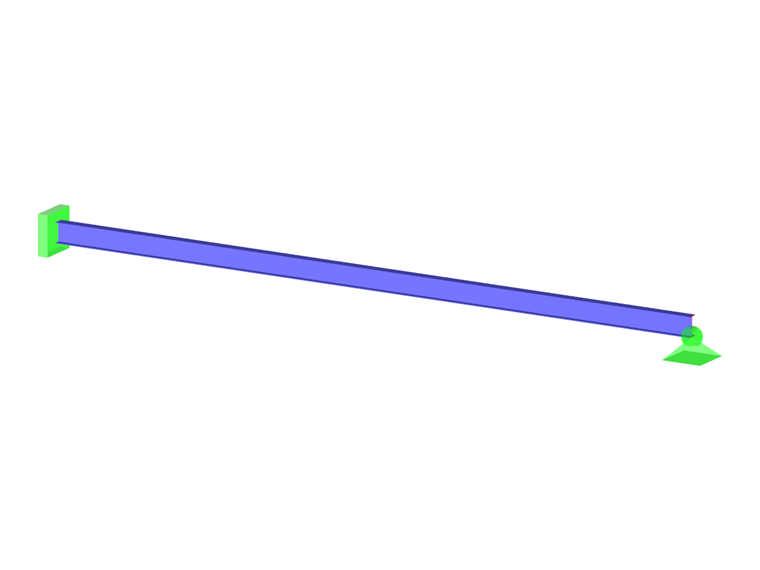Theoretical Background
The load application point of a load has a decisive impact on the determination of the critical lateral-torsional buckling moment. A load acting on the top flange in the direction of the shear center has a destabilizing effect. A force pulling on the bottom flange has a stabilizing effect.
Definition in RF-/STEEL EC3 and RF-/STEEL AISC
In the "Stability" tab of the detail settings, you can select the type of determination for the elastic critical moment for lateral-torsional buckling; see Image 01.
When determining the moment automatically, you can specify if the load application point of external transverse loads should be applied on the cross-section edge directed to the shear center, in the shear center, or on the other cross-section edge directed from the shear center.
The default setting is the unfavorable option (that is, "directed to shear center", which is destabilizing). This way, a rather low lateral-torsional buckling moment is obtained.
Sign Rules for Load Application Position zg
Since a general solution has to be found without knowing the member or the cross-section rotation, the sign convention is defined according to the load direction with respect to the position of the shear center.
A positive transverse load directed to the shear center has positive eccentricity.
A positive transverse load directed from the shear center has negative eccentricity.


